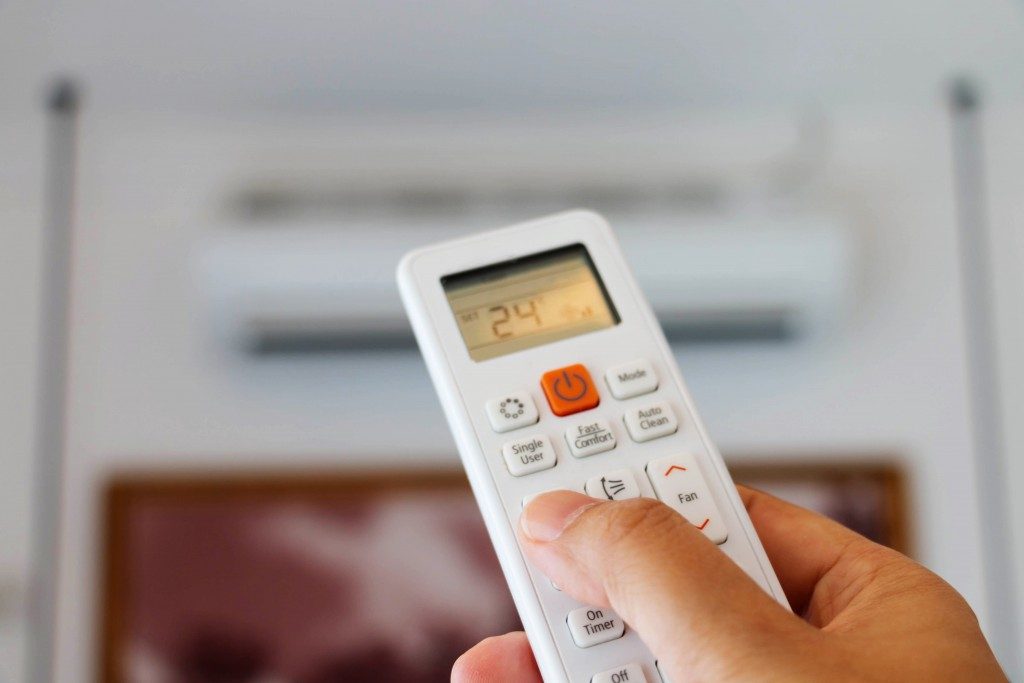Pollution is commonly associated with everything outdoors, such as greenhouse gases and smoke emissions. But even within the confines of our homes, offices, and other indoor facilities, air pollutants still exist. They can be just as hazardous as outdoor ones, if not more.
The United States Environmental Protection Agency (EPA) recognizes the dangers these indoor pollutants bring, and they have recommended ways to improve indoor air quality. Fortunately, purifying the air doesn’t require arduous and costly measures. If you periodically avail of professional air duct cleaning services, for example, then you’re already practicing diligence in maintaining clean air in your home or workplace in Nashville.
It is extremely important to be mindful of indoor air quality. As mentioned, indoor air pollutants are also highly hazardous to our health. If you and your loved ones are often sick, it’s possible that the cause is constant exposure to any of these common indoor air pollutants:
Carbon Monoxide (CO₂)
This disrupts our body’s optimal intake of oxygen to function normally. Symptoms of exposure to CO₂ include fatigue, headache, nausea, dizziness, disorientation, and an increased heart rate. Carbon monoxide poisoning can be fatal. Hence, combustion appliances such as heaters should be installed correctly. If you have combustion appliances without vents, never place them inside your home or workplace.
Radon
This is a colorless gas found in low levels. A qualified professional can test an indoor space’s radon levels, but you can also purchase your own screening kits. High levels of radon need to be eliminated by a professional. Prolonged exposure to this pollutant heightens your risk of developing lung cancer.
Nitrogen Dioxide (NO₂)
Not to be confused with nitrous oxide (N₂O), NO₂ is a toxic and corrosive gas that can irritate your eyes, throat, and respiratory tract. Low-level exposure may aggravate symptoms of an existing lung condition, while moderate exposure can cause acute or chronic bronchitis. High-level exposure can be fatal.
Secondhand Smoke
It is widely known that secondhand smoke is highly dangerous, especially to those with existing lung conditions. It can also irritate the eyes, nose, and throat. It increases the risks of lung cancer and other lung diseases.
Lead
If an indoor area still uses the same paint it has since 1978 or earlier, the odds are high that it contains lead particles. Lead is dangerous to the nervous system. For children, it can cause behavioral and mental issues and delayed growth.
Asbestos
Disturbed asbestos particles can cause lung cancer when inhaled. Only a professional can eliminate asbestos particles spreading in an indoor area.
Mold
Not all kinds of mold are harmful, but those that are can trigger allergic reactions in some people. It can also aggravate asthma.
Ways to Improve Air Quality

EPA presents three basic ways to improve air quality, namely source control, improved ventilation, and air cleaners.
Source control means identifying the pollutant sources and sealing them. For example, materials with asbestos should be enclosed, and the emissions in gas stoves should be reduced.
Improving ventilation means letting outdoor air inside to decrease the amount of concentrated indoor air. Opening windows and installing exhaust fans and HVAC systems are ways to do this. Air from open windows and mechanical sources help regulate temperature and dilute indoor air pollutants. Before opening the windows, make sure that there aren’t any smog, smoke, and other external impurities that may enter your home or workplace.
Using air-cleaning devices is also an option. But EPA admits that they need to research further on its effectivity against radon. Houseplants are also believed to purify indoor air. Just make sure not to water them too much because damp soil can grow microorganisms that can become allergens. For now, EPA strongly recommends only the first two ways as their effectivity has already been proven.
Following our awareness about indoor air pollutants, let’s become more mindful of our homes and workplaces. Aside from controlling the sources and improving ventilation, let’s also regularly clean to repel all kinds of disease-causing particles and bacteria.

